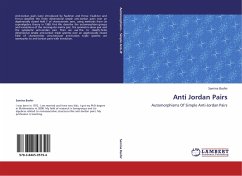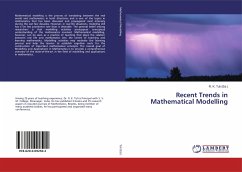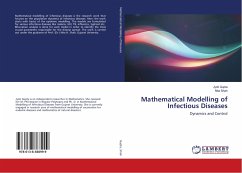This book is on mathematical modelling of tumour development during angiogenesis and Anti-angiogenes. The first model is a system of nonlinear partial differential equations describing the interactions between endothelial cells, fibronectin and tumour angiogenetic factors which are the main actors in the formation of new blood vessel. The models aims to capture the spatial distribution dynamics of cells through diffusion which describes the random movement of cells and chemotaxis which describes a directional movement of cells due to chemical gradient. The second model focuses on the treatment of tumour by introducing anti-angiogenetic treatment. During this process chemicals, namely the tumour angiogenic factors secreted by the tumour and anti-angiogenic factor which is added as a treatment are seen to be opposing each other. The continuous model equations obtained are solved using the Crank Nicholson method. The result obtained show that with time, the tumour angiogenic factor decreases from the tumour and the endothelial cells migrate towards the tumour. When the anti-angiogenic factor is added, the angiogenesis process is hindered.








